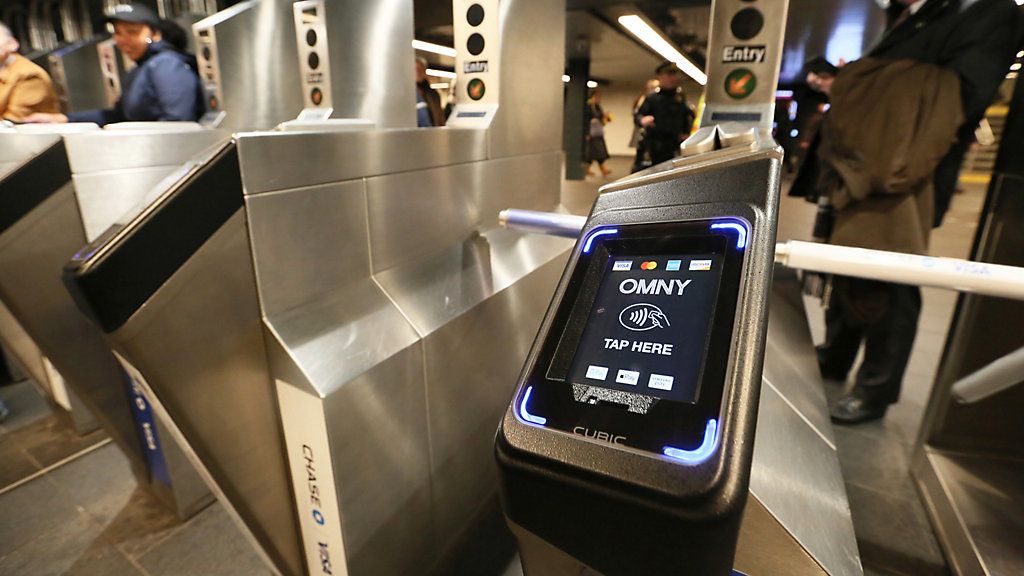The $2.90 most New Yorkers pay for subway and bus fare will go up to $3.00 next year, but it’s half-price for thousands of New Yorkers, like Jerimiah Gonzalez.
“I can go for more rides than if I pay full fare,” said Gonzalez, who signed up for the city’s Fair Fares discount program last year. “If I’m going for a job interview, if I’m going to somewhere that I need to be.”
What You Need To Know
According to the Community Service Society of NY, only 37% of the estimated 1.4 million eligible New Yorkers are enrolled in the city’s low-income reduced transit fare program
The current income requirements exclude those who work full time for minimum wage
Advocates, city council members and the MTA wanted the eligiblity threshold increased from 145% to 200% of the federal poverty level in this year’s city budget, but the mayor would only agree to a 5% increase, though he has raised the threshold three times since taking office
Advocates say raising the income threshold to 200% would make more than 400,000 more New Yorkers eligible for the Fair Fares program
The Fair Fares program is open to New Yorkers ages 18-64 who make 145% of the federal poverty level (FPL), and that threshold is about to go up to 150%.
At the current level, an individual must make $22,692; a family of four: $46,617.
Debipriya Chatterjee, a senior economist at the Community Service Society of New York (CSS) says the level excludes those working 40 hours at minimum wage.
“They are still struggling with transit affordability but are making a little bit too much to qualify for the program,” Chatterjee said.
The 5% expansion in the city’s latest budget is a far cry from what advocates wanted: a threshold set at 200%. Council Speaker Adrienne Adams said she’s baffled by Mayor Eric Adams’ reluctance.
“It should have been an easy thing,” Adrienne Adams said. “Considering we’re all talking about affordability for New Yorkers.”
While the mayor did raise the threshold three times, increasing the income limit to 200% of the FPL would make over 400,000 additional New Yorkers eligible.
Brian Fritsch, with the Permanent Citizens Advisory Committee to the MTA (PCAC), says the money is there.
“They’ve been allocating about $1 million annually per percent that they’ve increased the eligibility level,” Fritsch said. “And never have they spent all of the money.”
That’s because of the approximately 1.4 million eligible New Yorkers, only 37% of them are enrolled, according to CSS. Speaker Adams says the city has not promoted the program enough.
“I’m talking about promotion through the DOE,” she said. “Promotion through CUNY, promotion through our hospital system.”
The city notifies people on public assistance that they’re eligible, but according to a recent CSS survey, fewer than half of respondents did not apply or know how to. The MTA says it has increased outreach, including ads and weekly sign-up events.
“Recently we’ve added Fair Fares kiosks at our customer service centers,” said Shanifah Rieara, the MTA’s chief customer officer. “Where our customers can now self-serve and sign up, 24 hours a day.”
Advocates would like to see automatic enrollment for those who qualify.
“There’s going to be a huge opportunity for whoever is the next mayor to really look at this program holistically about how people are getting around the city and look at expansion options,” Fritsch said.
So others like Jerimiah Gonzalez don’t have to make difficult decisions.
“Otherwise,” Gonzalez said. “I’ll be forced into the position where I have to skip a fare.”

